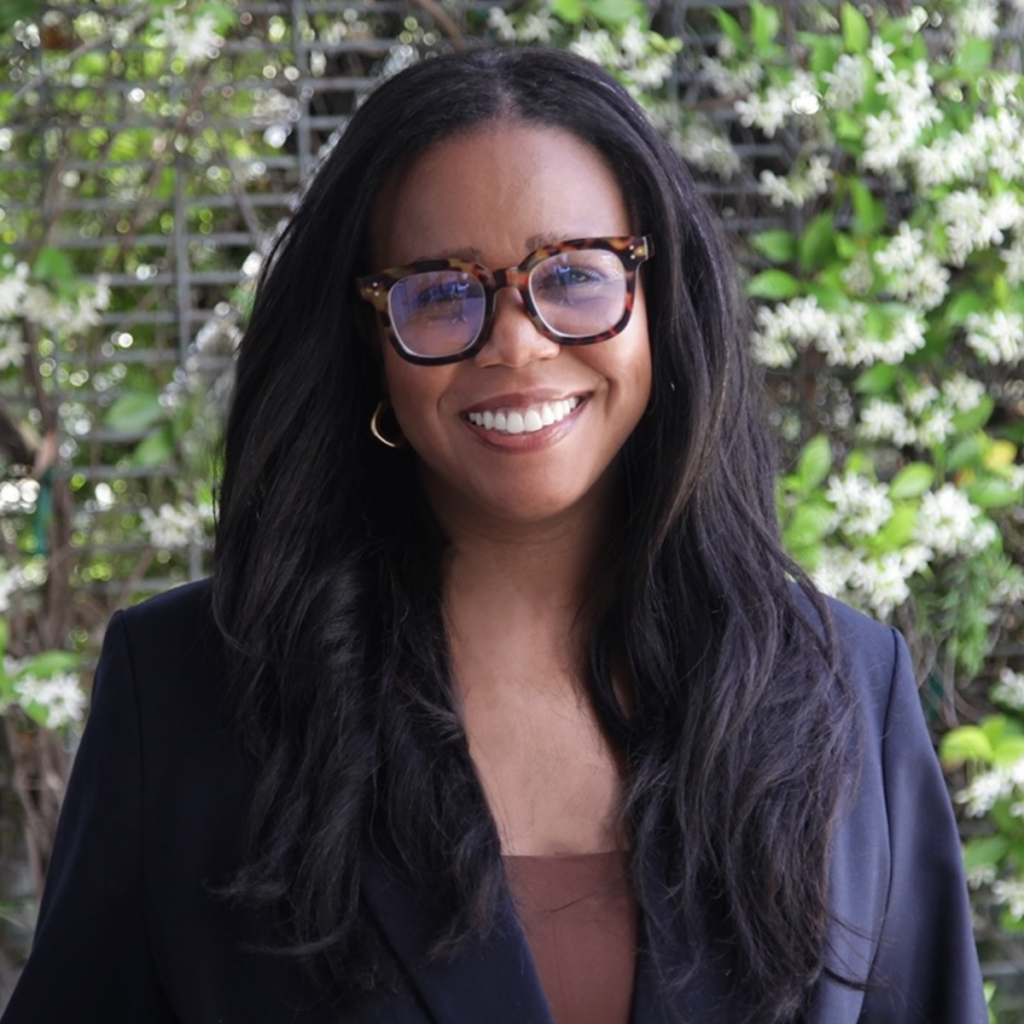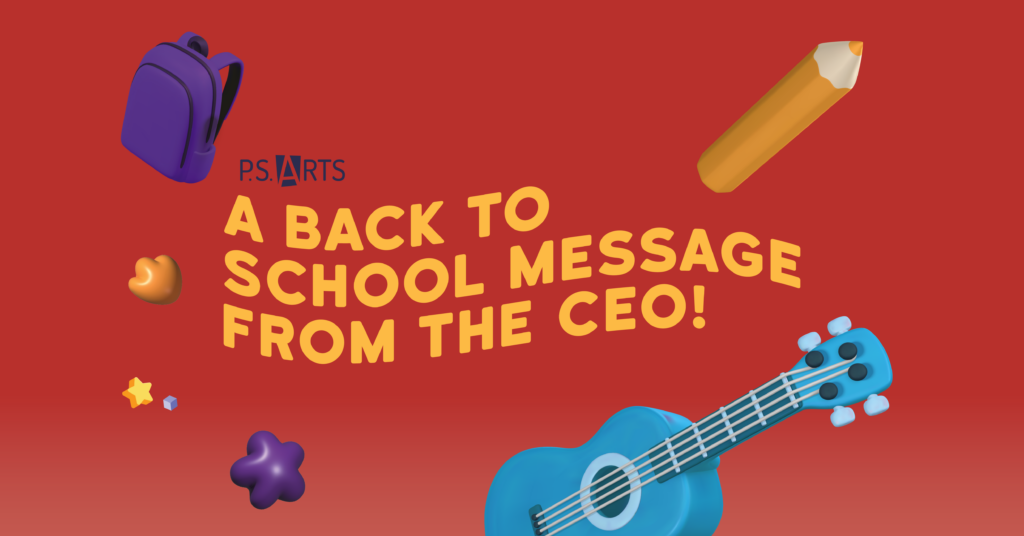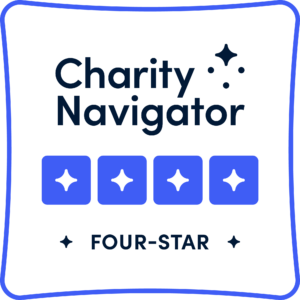Our Impact
P.S. ARTS works within the public education system in our pursuit of social justice.
This provides a broad-scale opportunity to create generative spaces for youth that foster learning and wellbeing and, therefore, success. Its programs are purposefully designed to benefit students beyond the intrinsic value of creative expression by directly addressing social emotional competencies in three domains identified by University of Chicago Researchers as critical for success in adulthood (Nagaoka et al, 2015): Self Regulation, Relationship skill, and Self-Expression & Identity.
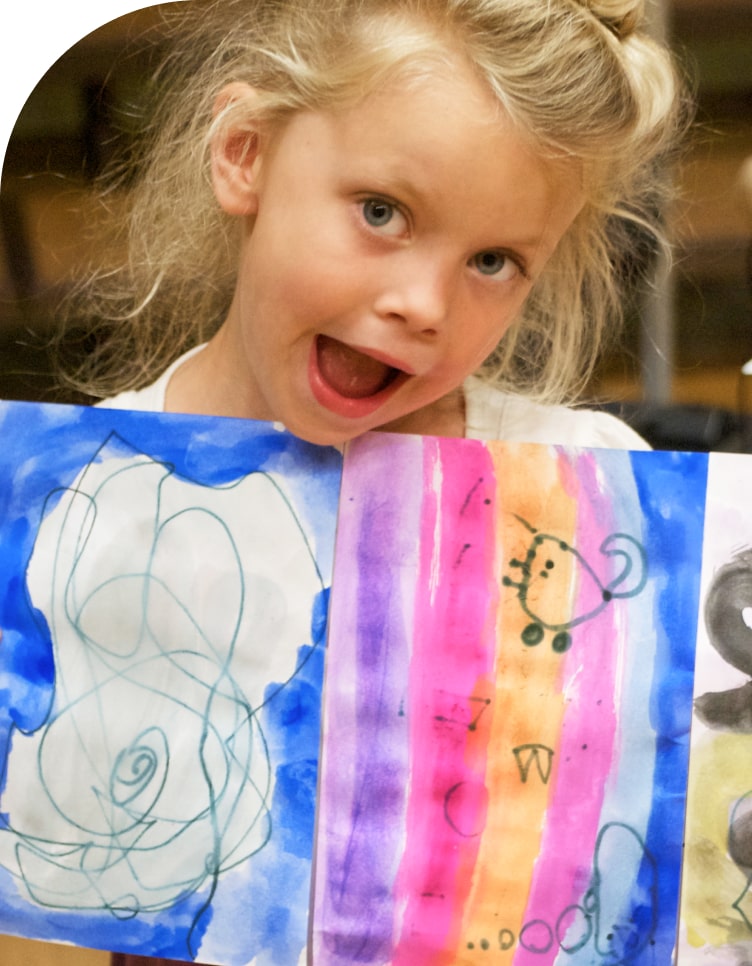
In 2023-2024, P.S. Arts Served:
31,000
TK-8th Grade Students and Community Members
181
Educators Trained in Arts Integration
81
Teaching Artists including P.S. ARTS Faculty and Coaches
88
Public Schools, including 80 Title 1 schools
14
School Districts
91
# of Title 1 Schools
P.S. ARTS in the Press
Why We Need the Arts
With 2.7 million jobs in California that are generated in the creative industry in 2020 alone [ 1 ], the arts should be a clear priority in California public education.
However, despite the research that indicates numerous benefits associated with arts education, California public schools continue to cut back on arts programming due to continually shrinking budgets, competing priorities, and limited discretionary funding. As a result, the quality and frequency of arts education in our state’s public schools is highly variable.
Decades of research verifies participation in the arts increases social and emotional health, readiness to learn, academic achievement, and long-term career success (see Bowen & Kisida, 2019; Catterall et al, 2012; Deasy et al, 2002). Recently released findings from a national study following 30,000 children from pre-K to 8th grade found youth affected by poverty and racism.
English learners, and those with disabilities markedly benefit from arts education (Winsler et al, 2020), though these are also the students least likely to have arts opportunities in California schools (CA Arts Education Data Project, 2021). While equitable access to arts education in our state has decreased at an alarming rate since P.S. ARTS’ founding 30 years ago (CA Arts Education Data Project, 2021), P.S. ARTS has grown from providing 250 students with music classes, to serving more than 25,000 students, teachers, and parents with music, art, theater, dance, professional development, and community arts experiences across California.
[ 1 ] Prepared for the OTIS College of Art and Design by the L.A. Economic Development Corporation. (2020). OTIS Report on the Creative Economy.
[ 2 ] Arts Education Partnership [AEP]. (2002). Critical Links: Learning in the Arts and Student Academic and Social Development.
[ 3 ] Arts Education Partnership [AEP]. (2002). Critical Links: Learning in the Arts and Student Academic and Social Development.
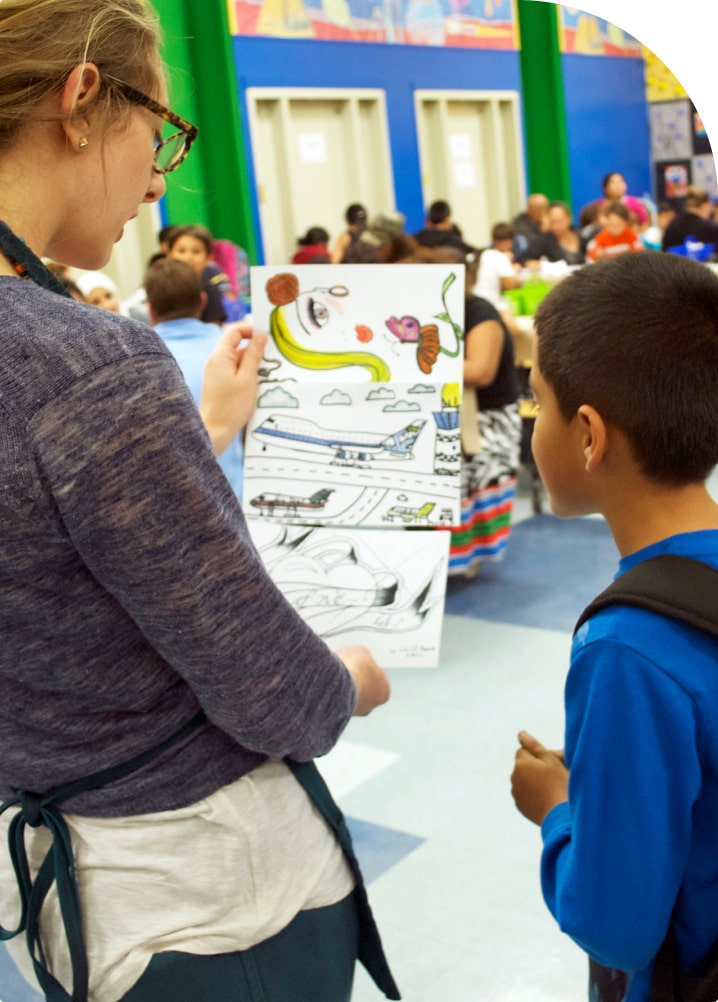
Program Evaluation
P.S. ARTS engages outside evaluators to provide non-biased quantitative program evaluation. Most recently, in June 2014, renowned arts researcher Dr. James Catterall completed a two-year study on the impact of P.S. ARTS programs on students’ development of “creative thinking, behavior, and motivation in the arts, sciences, writing, and social problem-solving. ”The study included 300 4th and 5th grade students participating in the P.S. ARTS rotational classroom studio program. Findings show participation in P.S. ARTS programs is associated with significant gains in students’ ability to:
- Express complex ideas accurately and clearly
- Solve problems creatively
- Collaborate and empathize with others
- Take initiative to produce ideas, designs, and products that are novel and valuable
Three independent research studies have confirmed the positive impact of the P.S. ARTS Inside Out Community Arts extended learning program, including an earlier study led by Dr. James Catterall,[1] and a survey analysis conducted through Cal Polytechnic University with funding from the Eisner Foundation.
The report concludes, “Inside Out is an ambitious program that practices what it preaches… Other programs interested in finding substantive ways to assist student development should look not only to Inside Out’s design but also to the multiple components of its successful program: philosophy, curriculum, staff, and ultimately a belief in the power of all students.”
[ 1 ] Independent evaluation reports of the Inside Out Community Arts extended learning program:
- Catterall, James. (Winter, 2006). Inside Out’s School Project: A research report measuring the power of a theatre-based program for at-risk junior high students. Teaching Theatre.
- Joseph, Rebecca & Estrella, Rachel. (2003). Inside Out Community Arts’ The School Project: Helping Students Construct Individual and Collective Change. A Qualitative Case Study Evaluation. Funded by the California Arts Council.
- Inside Out Program Evaluation: Participant Project Survey Analysis. (2001). Steven Frieze, Director of Institutional Research and Planning at Cal Polytechnic University, Pomona, funded by the Eisner Foundation.
WHERE WE WORK
Partner districtS

Alhambra Unified
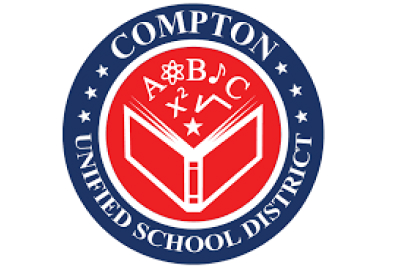
Compton Unified
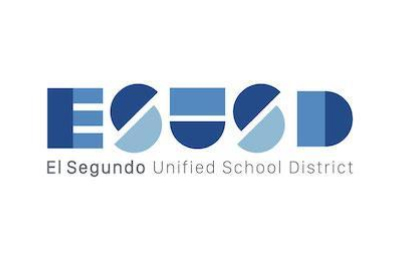
El Segundo Unified

Lawndale Elementary

Lennox
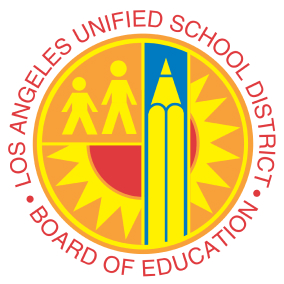
Los Angeles Unified
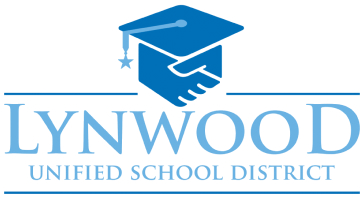
Lynwood Unified

Paramount Unified

Reef-Sunset Unified

Santa Monica-Malibu Unified

Torrance Unified School District

Wiseburn Elementary
